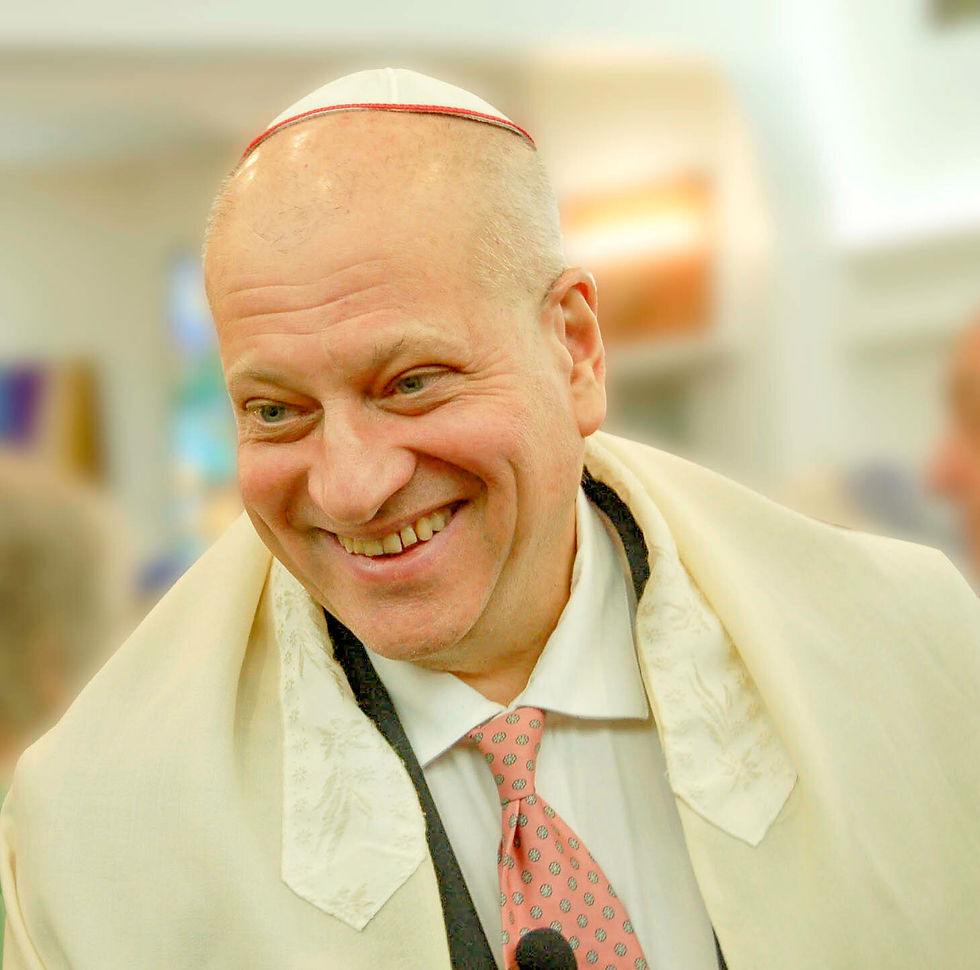Templo Libertad Shabbat Segment Sent to Us
- danaevankaplan
- May 27, 2021
- 3 min read
What Templo Libertad of Buenos Aires sent to us.
Congregación Israelita de la República Argentina
Templo Libertad
Museo Judío Buenos Aires
http://www.templolibertad.org.ar Libertad 785 Ciudad Autónoma de Buenos Aires
Ciudad Autónoma de Buenos Aires Argentina
In 1932 this building was inaugurated, in the place where the first Argentine Jewish
community had been praying (a much smaller synagogue that was turned down due to
the enlargement of the Jewish population in the country) since 1889. Together with the
synagogue they acquired two small petite hotels next to it, to enlarge the possibilities of
the central institution of the jewish community at the time.
After World War Two, in those sites the Superior Institute for Jewish Religious Studies
began functioning as a reaction to the destruction of the European Jewish Communities
from where the major influx of Rabbis, Cantors and officials came.
In 1958 the first Conference of latinamerican Synagogues was called by our congregation
to analyze how could Judaism be put forward on the continent. In 1962 it created, and
hosted, the Latinamerican Rabbinical Seminar, that brought the Conservative movement
to the region.
Currently, two of its Rabbis are members of the newly formed Argentine Reform
Movement Rabbinical Tribunal, marking the continuity of our institution as an innovative
and vanguardist one in the region.
Architecture: The image of the temple refers to romantic and byzantine models, usual in
the between wars west Europe. Rock-like surfaces are predominant. On the front there is
a "archivolta concéntrica" motif: concentric arches of progressively smaller diameter that
are held by pillars and columns on the sides. The star of David is clearly dominant on the
front atop the main door and two hands, on the attitude of priestly blessing. On the top of
the front there are two Law Tablets. That front is separated from the street with bars that
hold bronze medallions with the signs of the twelve tribes of Israel. One crosses that gate
and climbs a few steps until entering the Great Hall. There one can enter the Synagogue,
turn right to the museum or climb up to visit the first floor of the Synagogue, where
women used to pray. Beautiful chandeliers are located in the Great Hall and Main
Sanctuary. Accommodates 700 people. The seats and pulpit are made of wood. Has the
only organ located on an Argentine synagogue (and last worldwide German made and
pre-WW2), recently re-inaugurated by Chancellor Angela Merkel. The facade was
renovated by the City Government in 2017. The interior is decorated with the same
symbology of the German Essen Synagogue, destroyed by the Nazis years after the
construction of this temple, transforming us in heirs of part of that building symbology.
The museum narrates the history of Jewish immigrants to Argentina and holds World
Class contemporary art exhibitions on two halls. Offices, library and classrooms are
located in the first floor of the.
The Jewish Museum of BA receives 3000 regular visitors a year, plus another 5000
during national day of museums and temples. Every wednesday free classical music
concerts are held. It's a regular stop of every visitor to the city, even if from an outside
look.
Ideology: We are a major part of the new Reform Rabinical movement in Argentina. For
the first time in our region, in 2018, a gay and mixed couple celebrated here the naming
of their adopted daughter, the first couple in the region to do so. We are historically the
first community of Argentina, and every major institution of the jewish community started
here (AMIA, DAIA, Seminario Rabinico Masorti, Instituto Rabínico Reformista). Part of
Fundación Judaica, a network of Jewish communities of several denominations working
together. The first place that Angela Merkel chose to visit upon arrival to Argentina in
2017.
Interreligous dialoge and action: Islam and Christian representatives give speeches every
Iom Kipur. Cardinal Bergoglio, now pope Francis, used to be the regular christian
representative. We collaborate with a church in a slumb neighborhood in drug addiction
issues and community school.




Comments